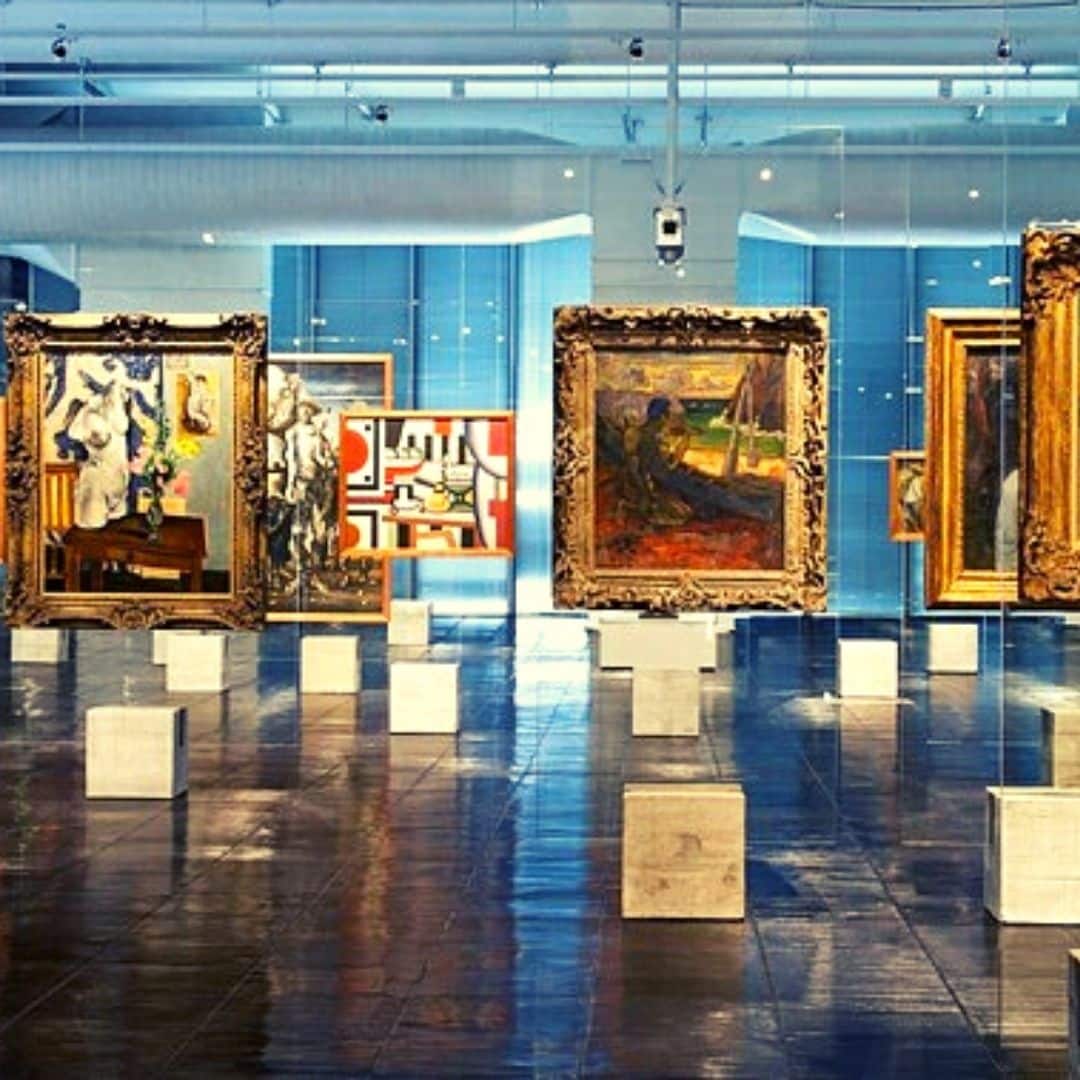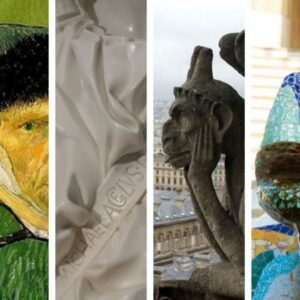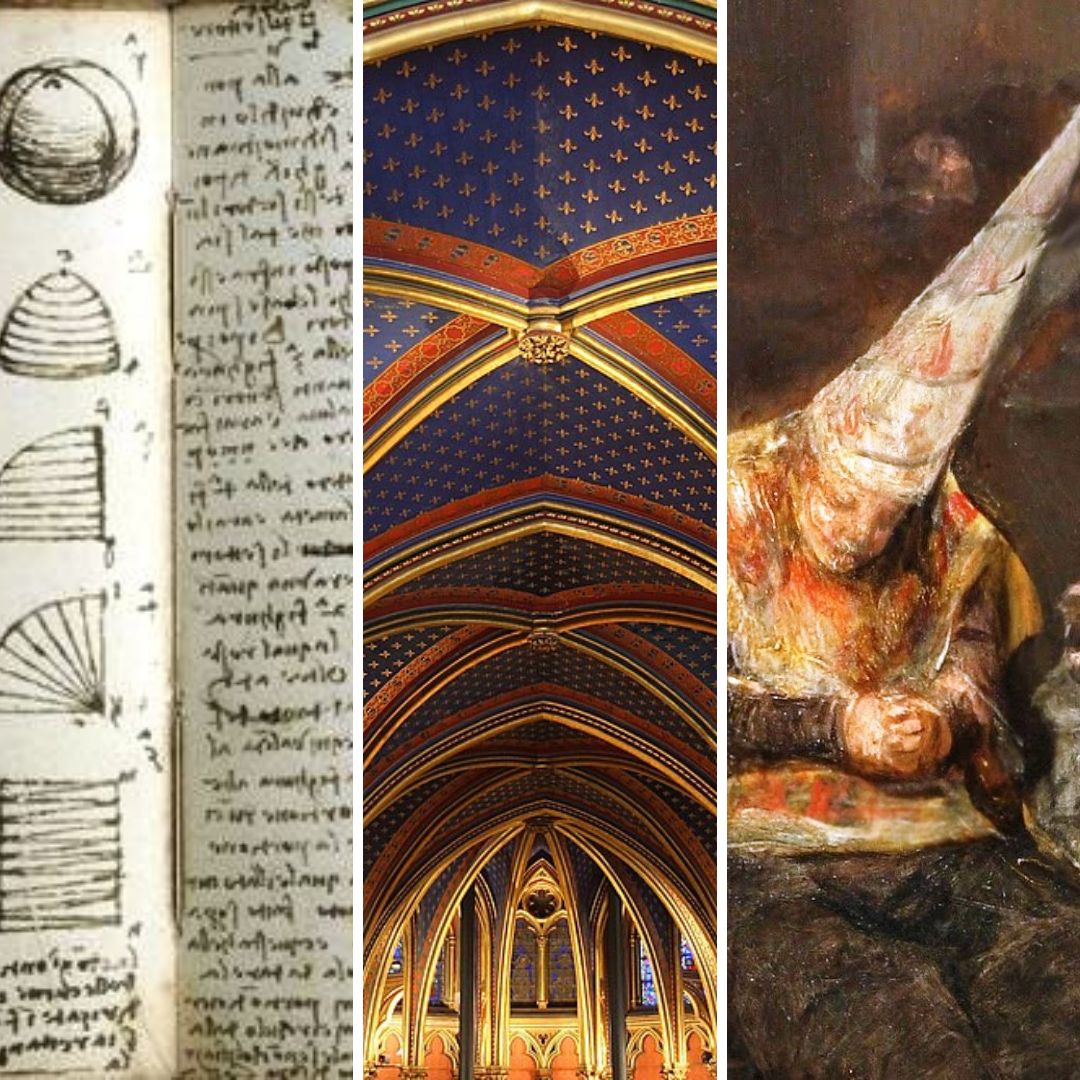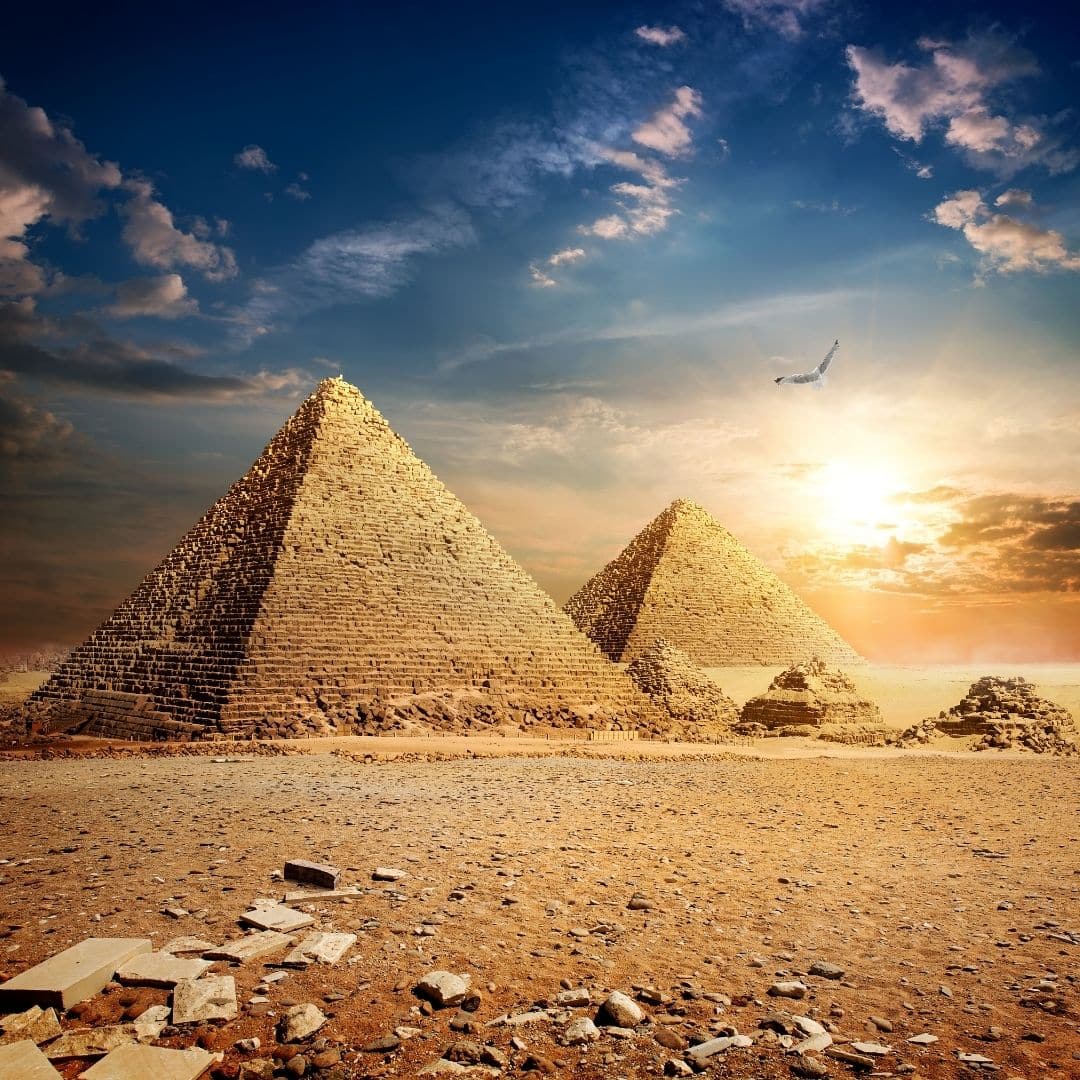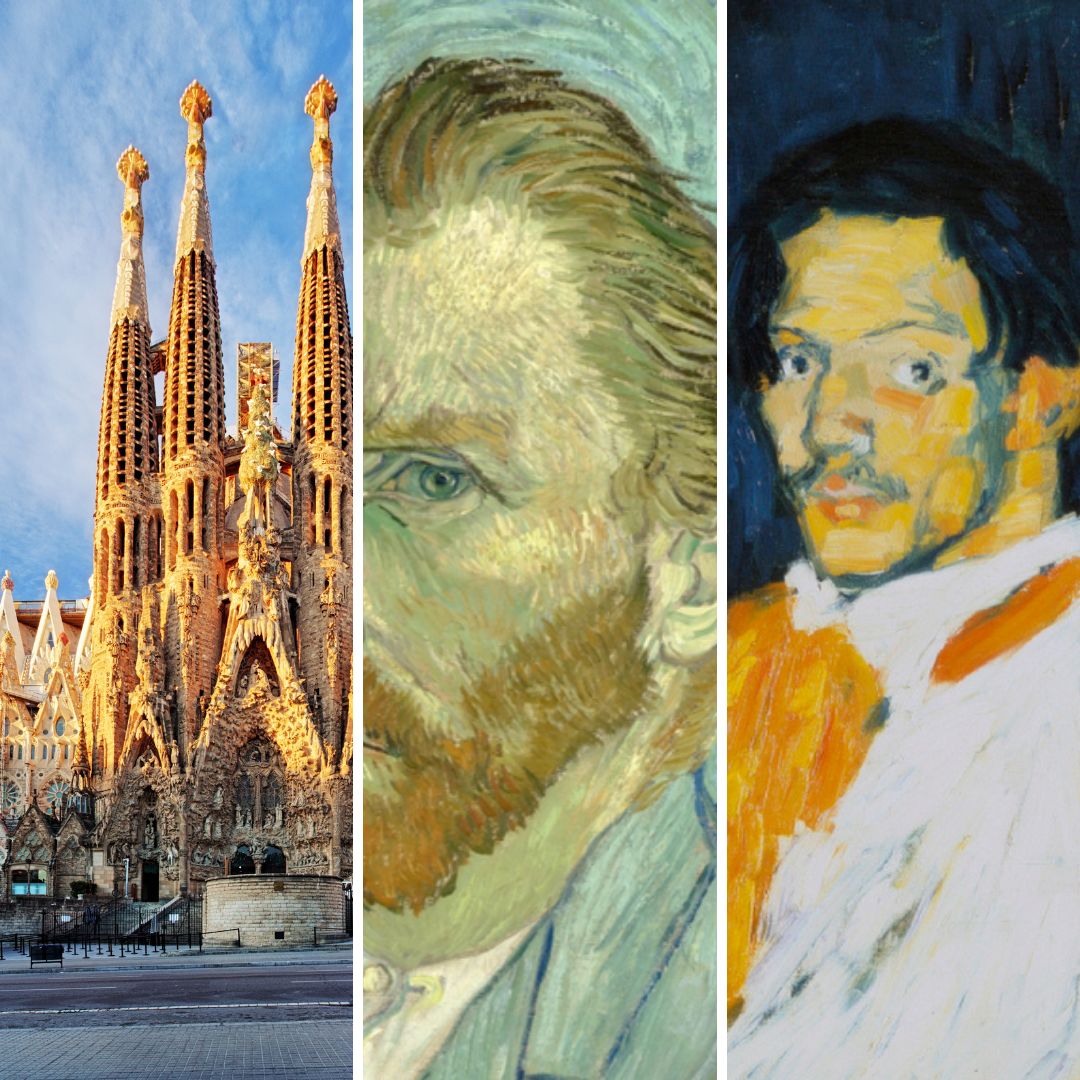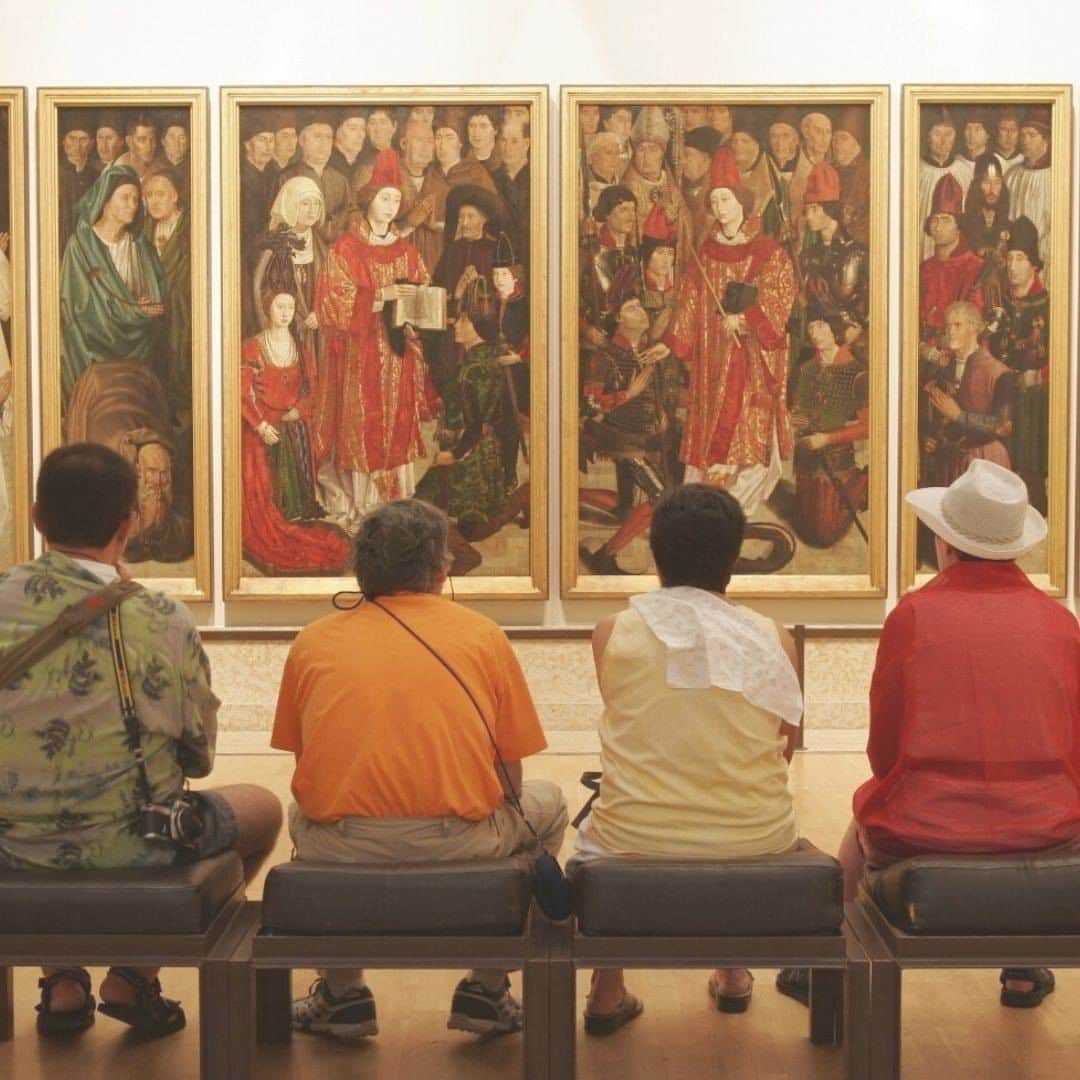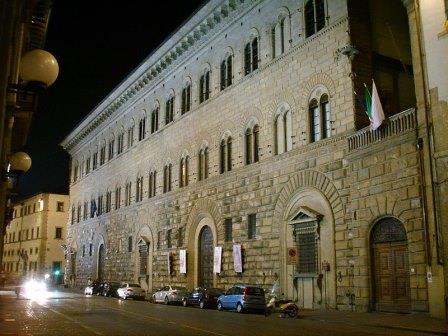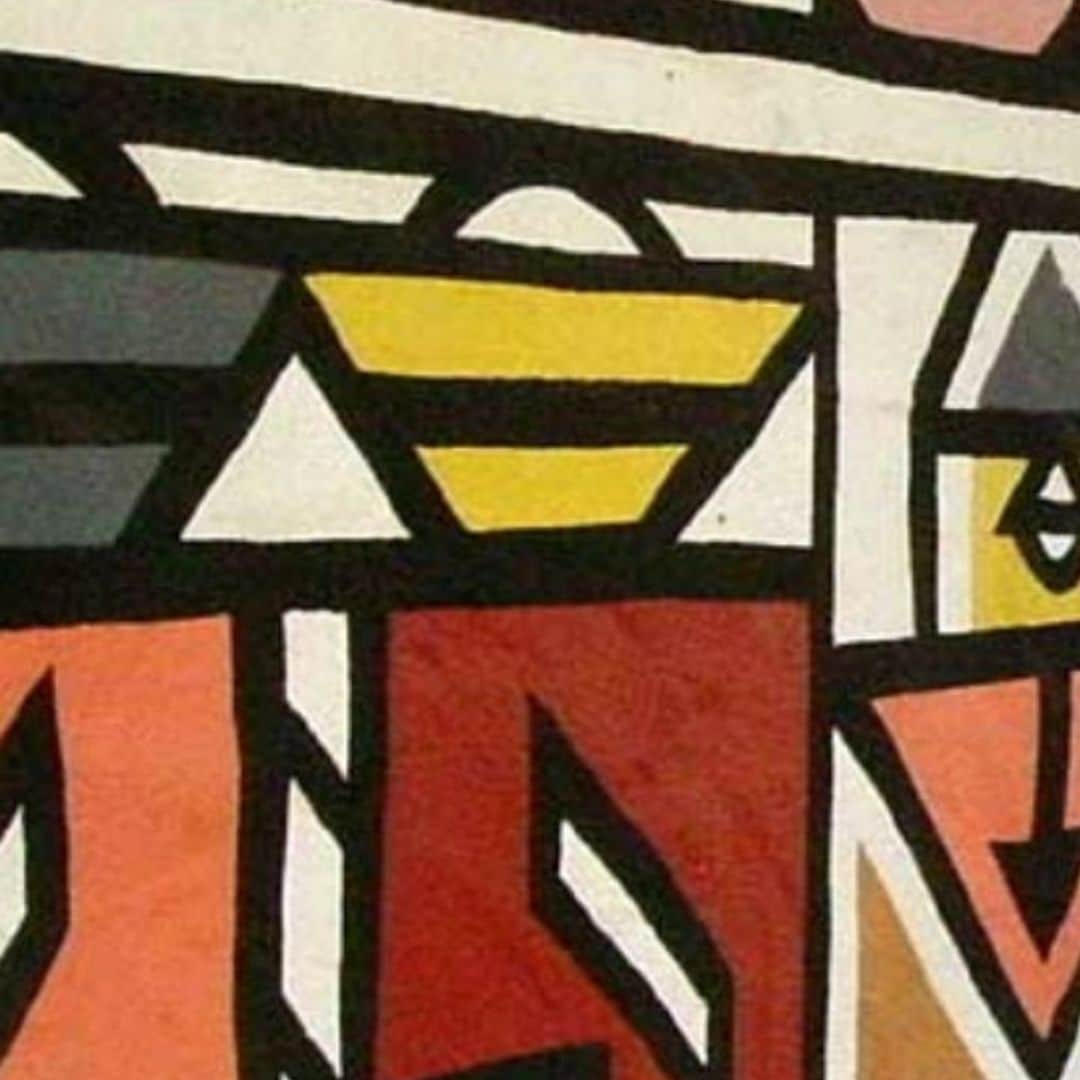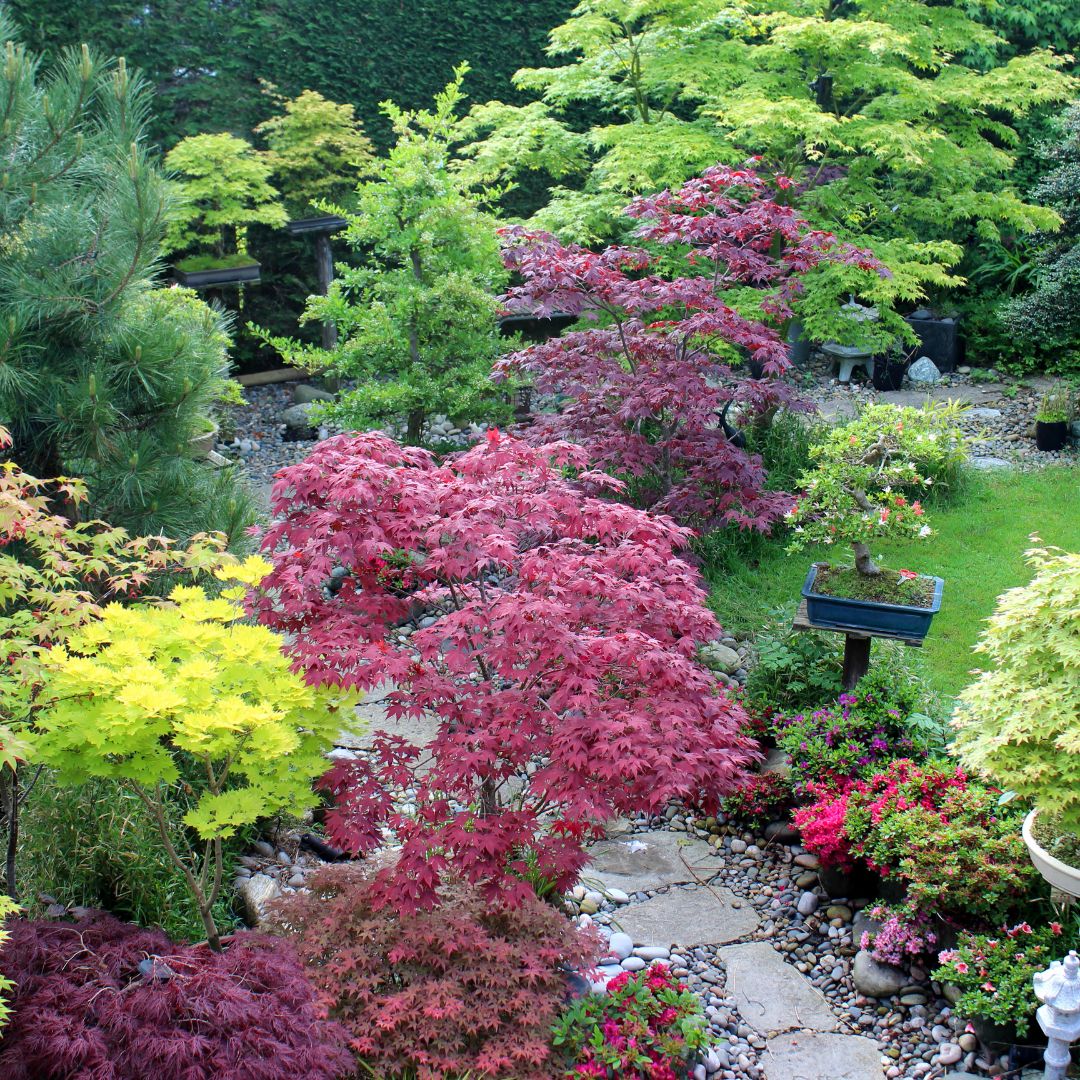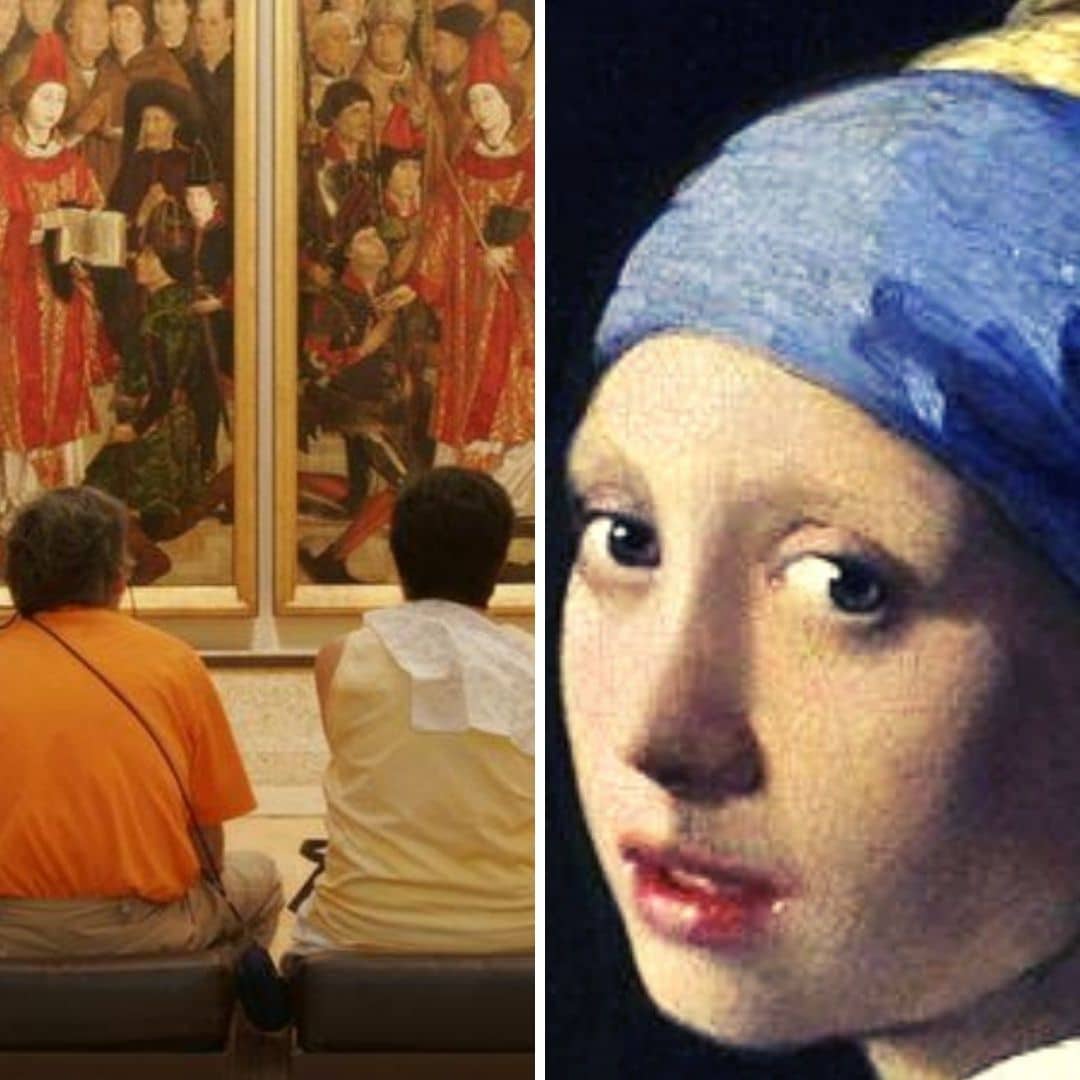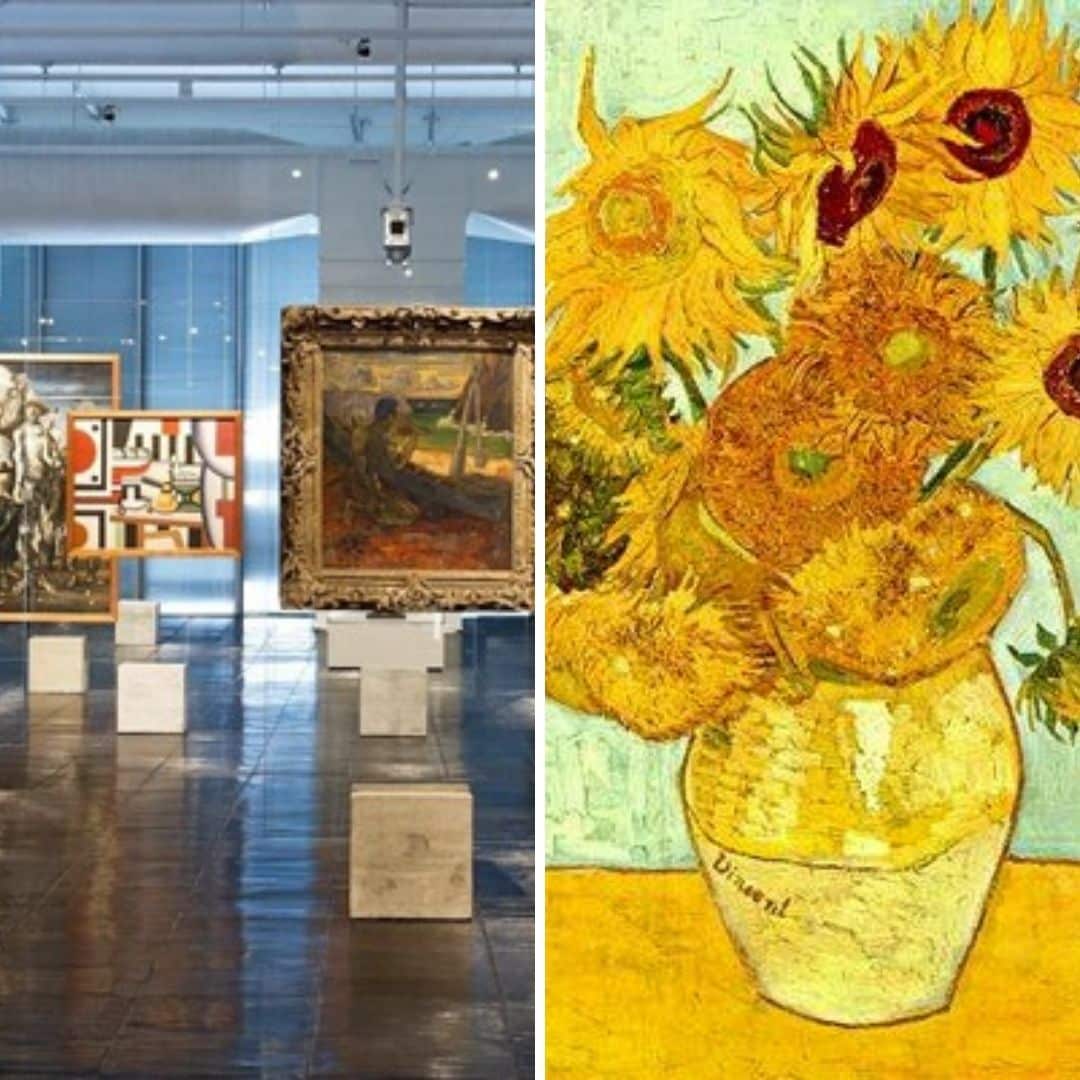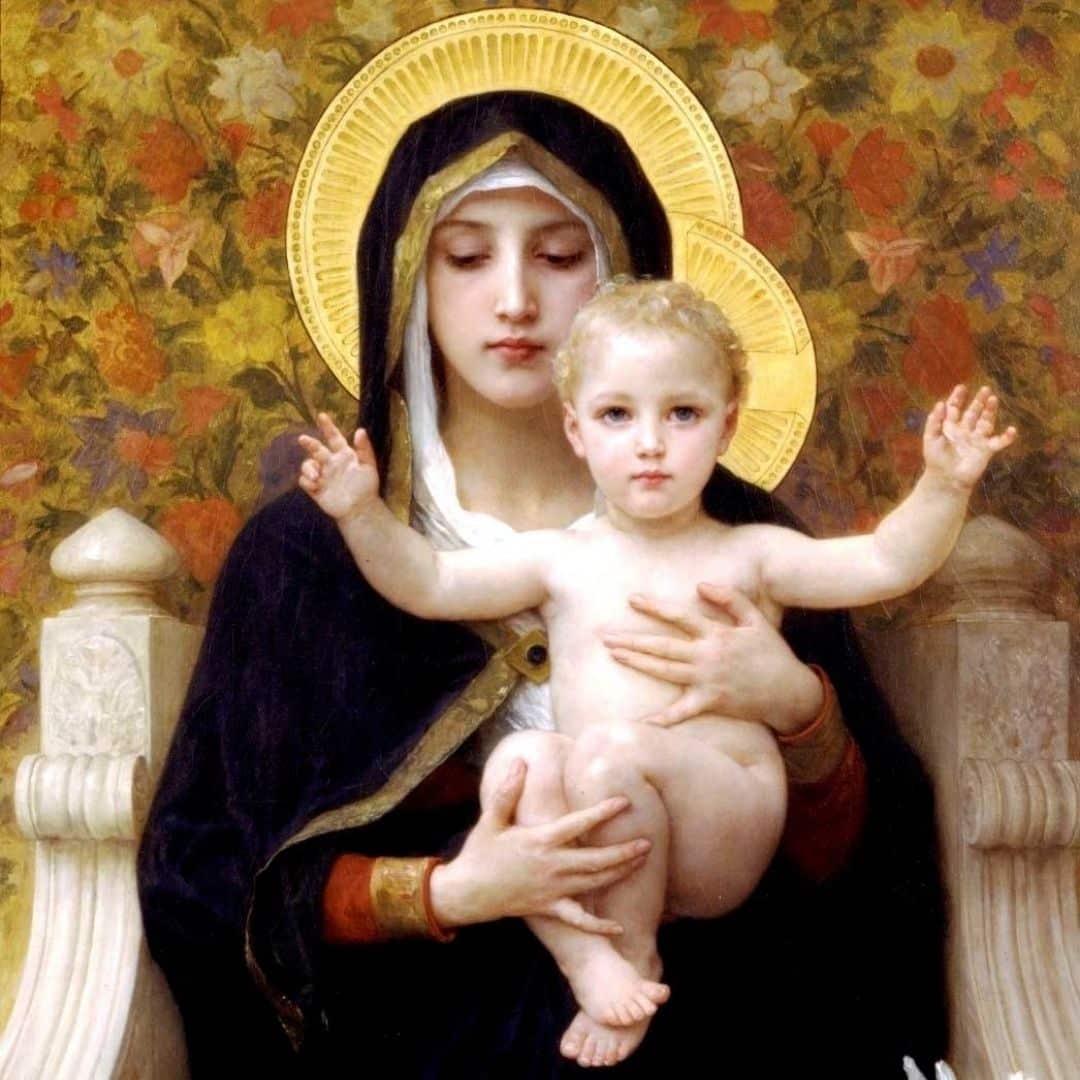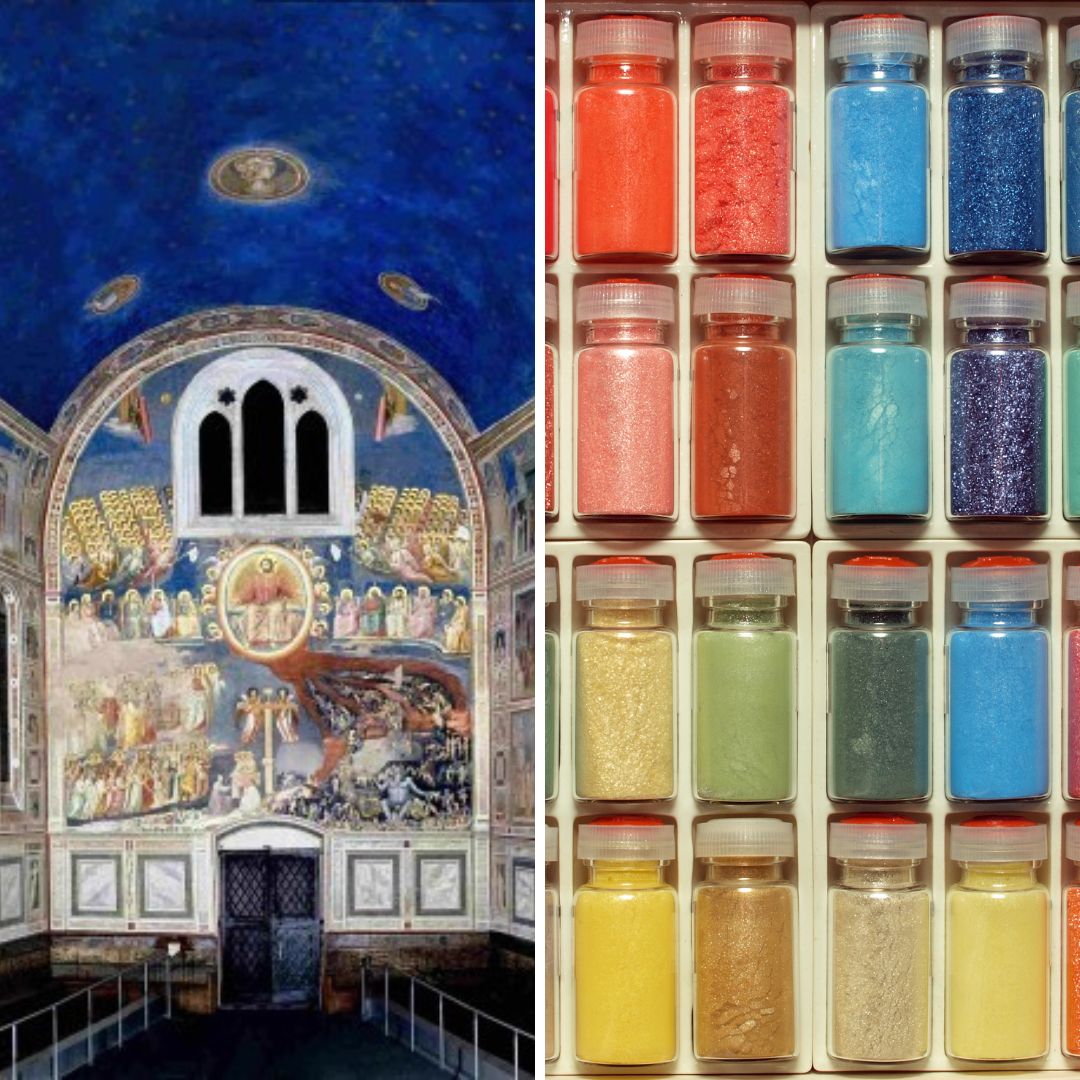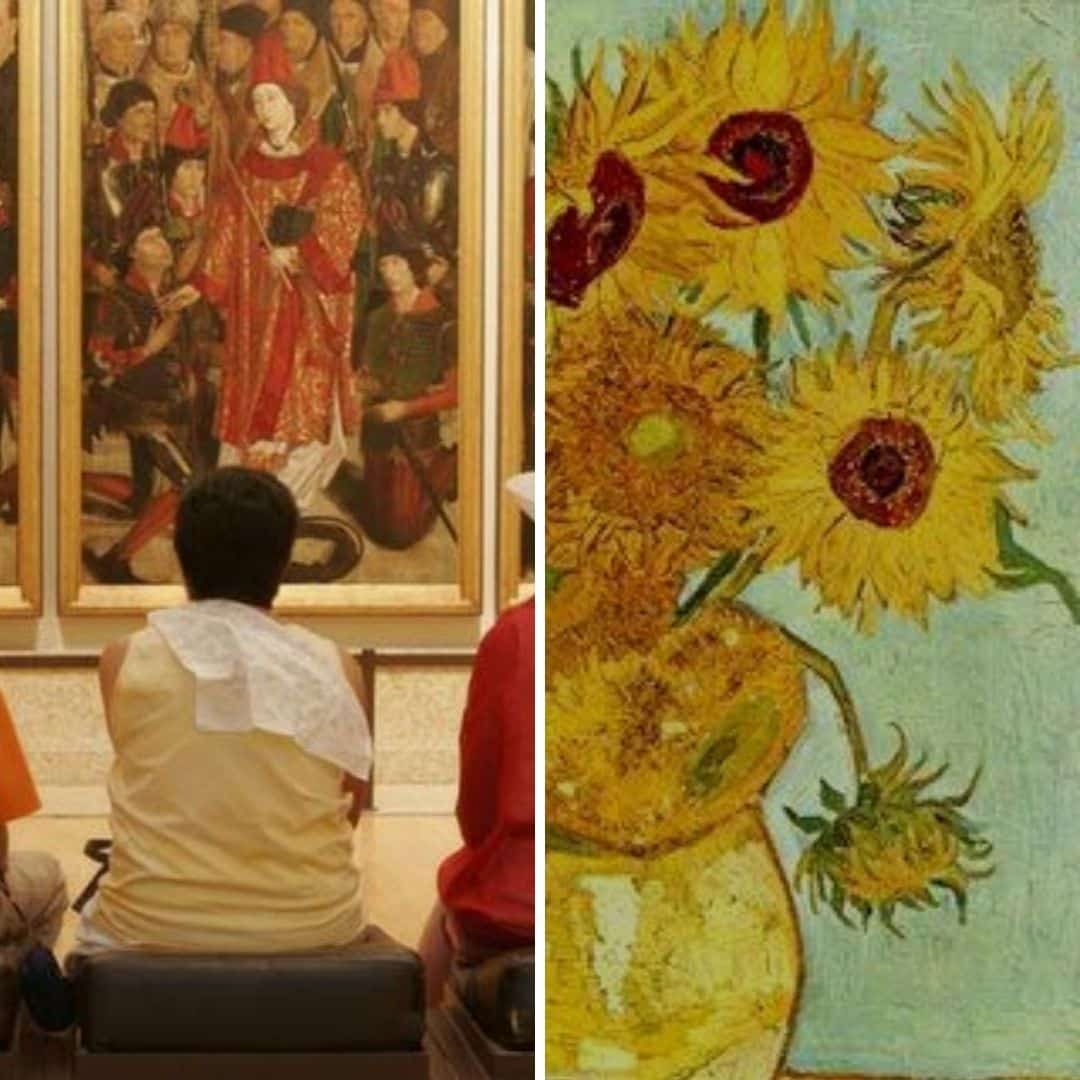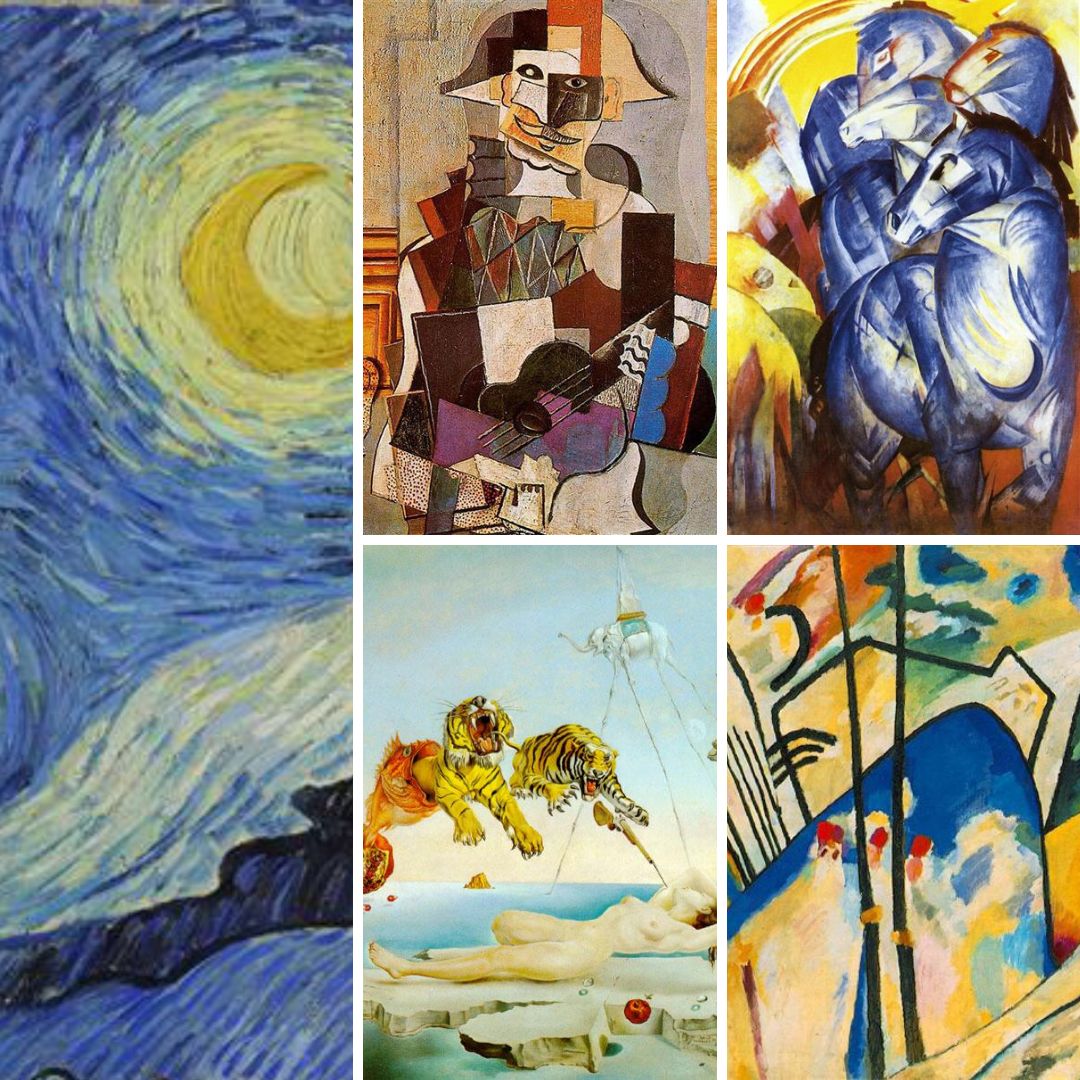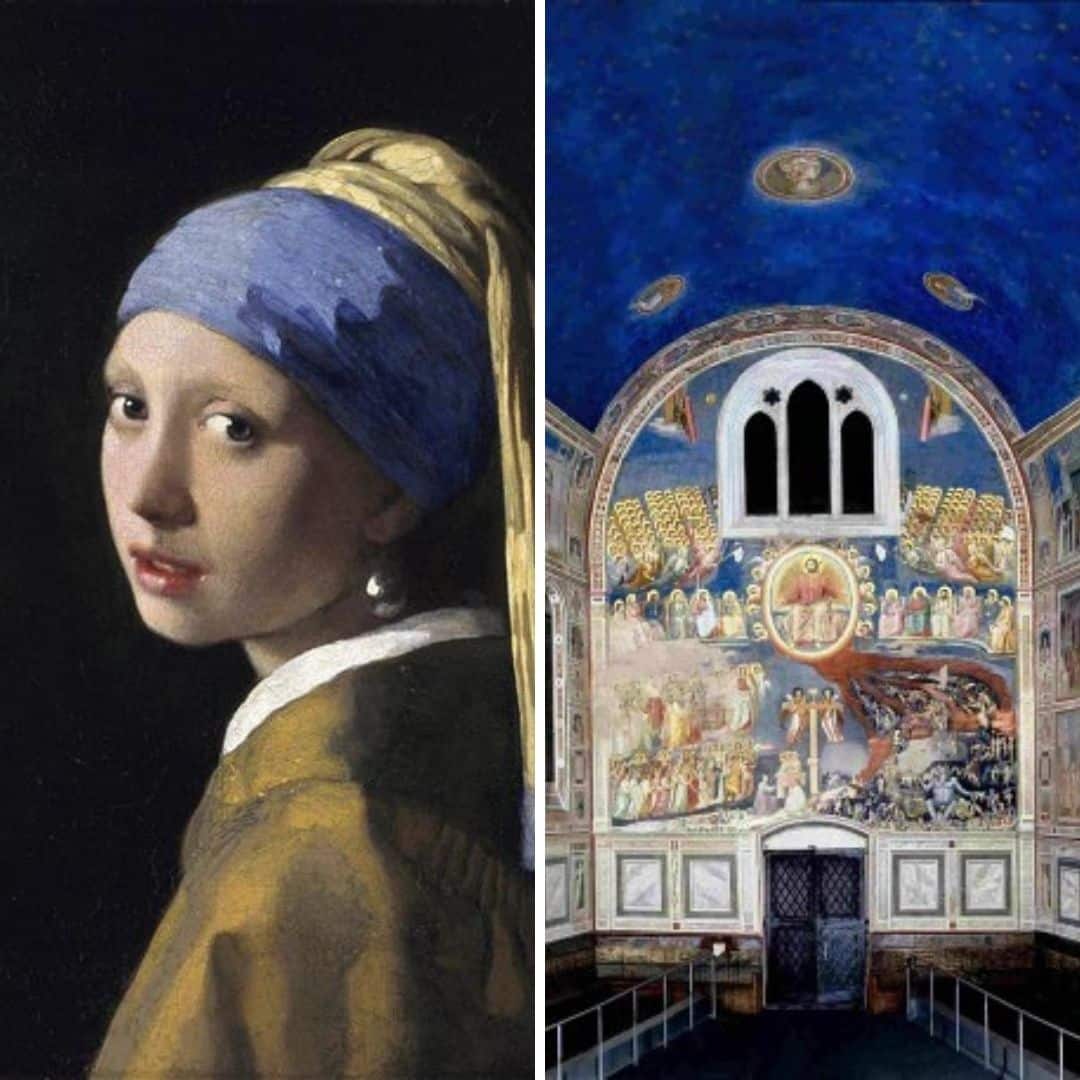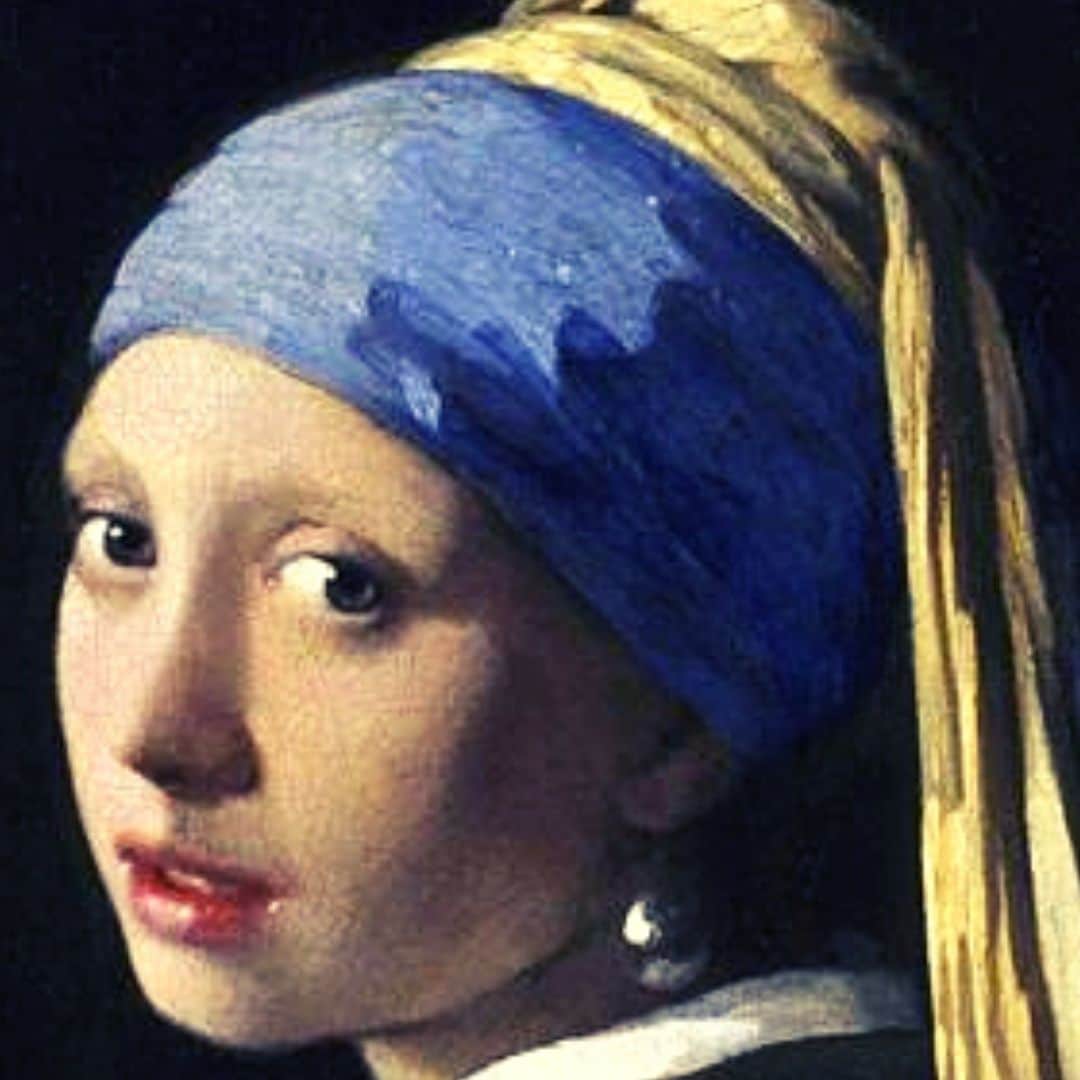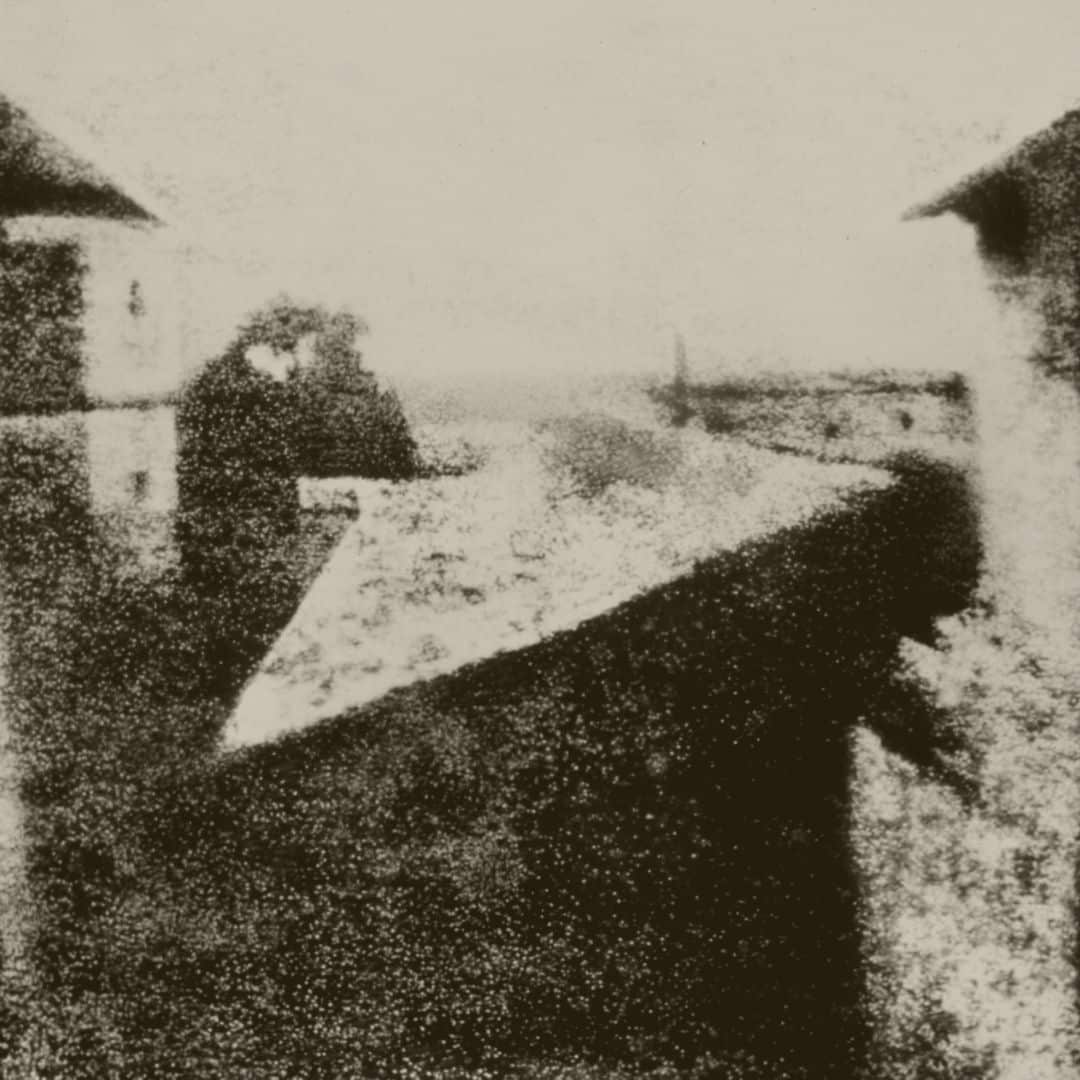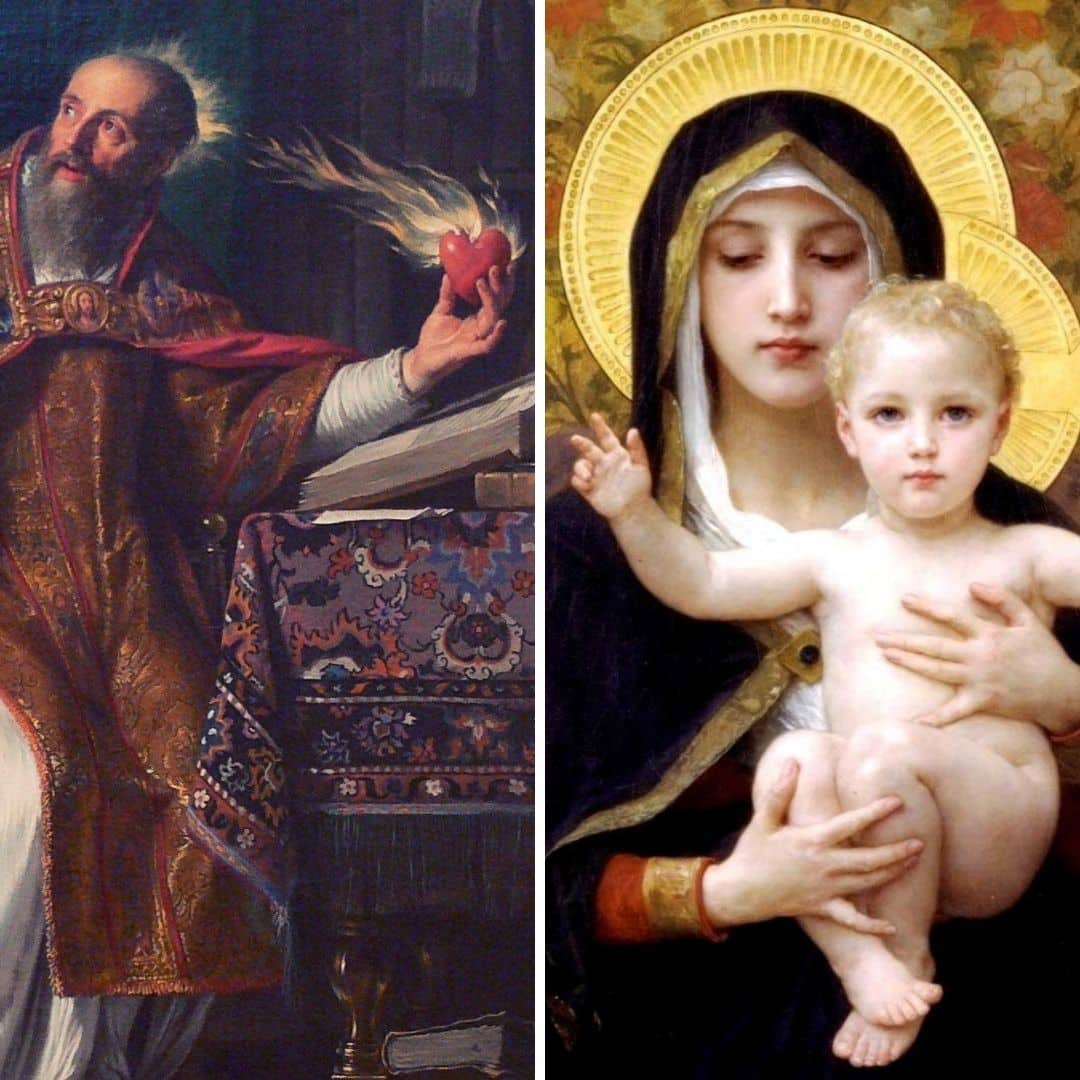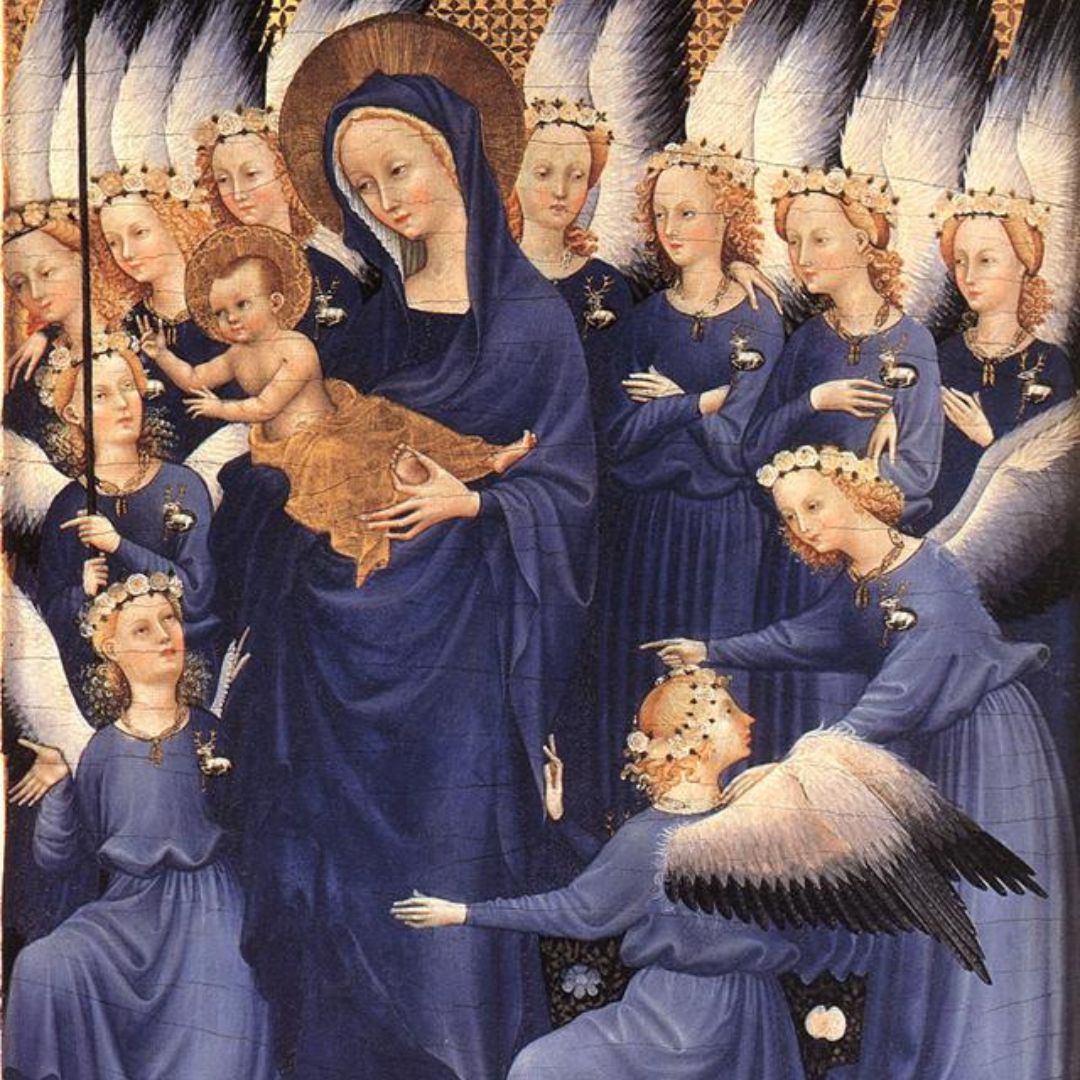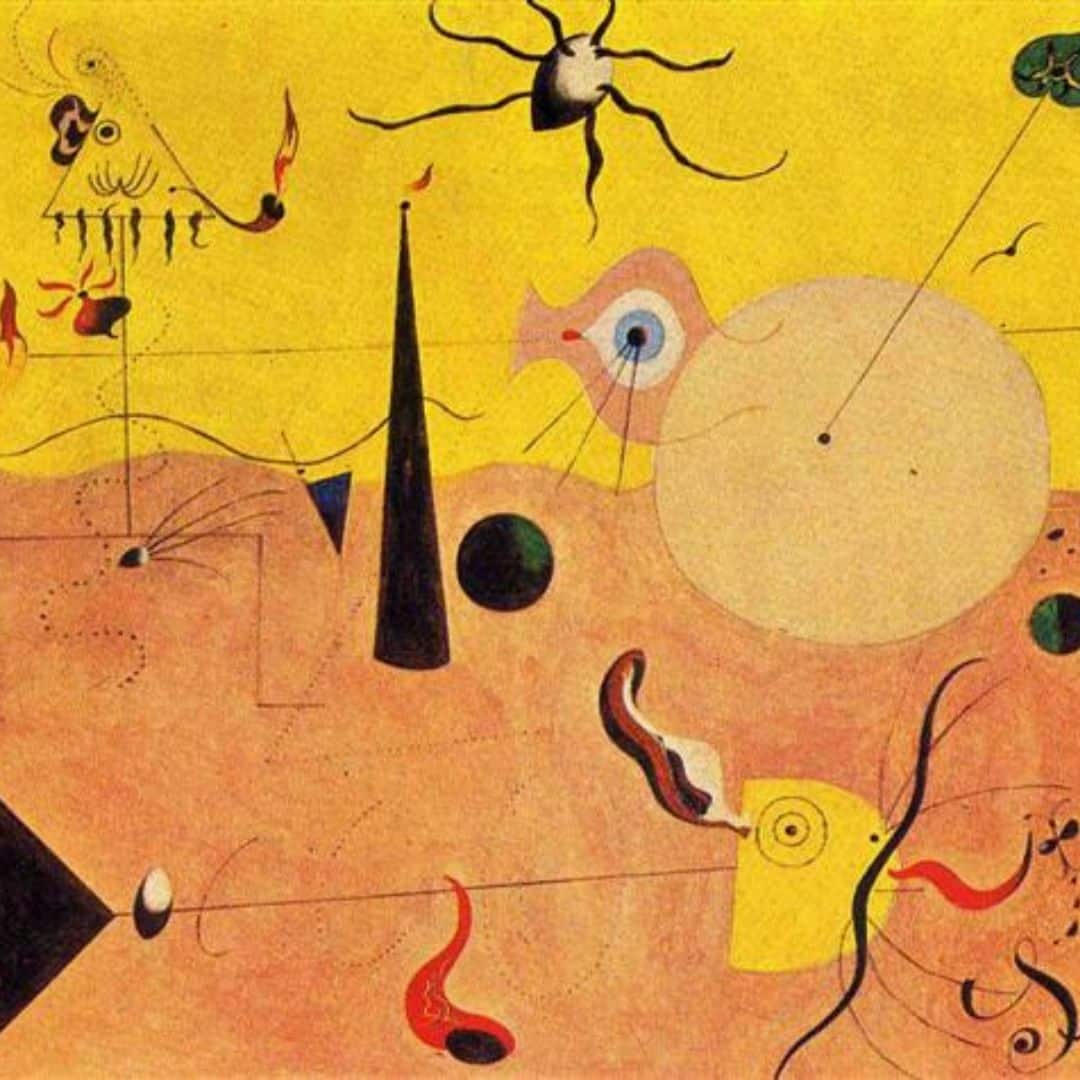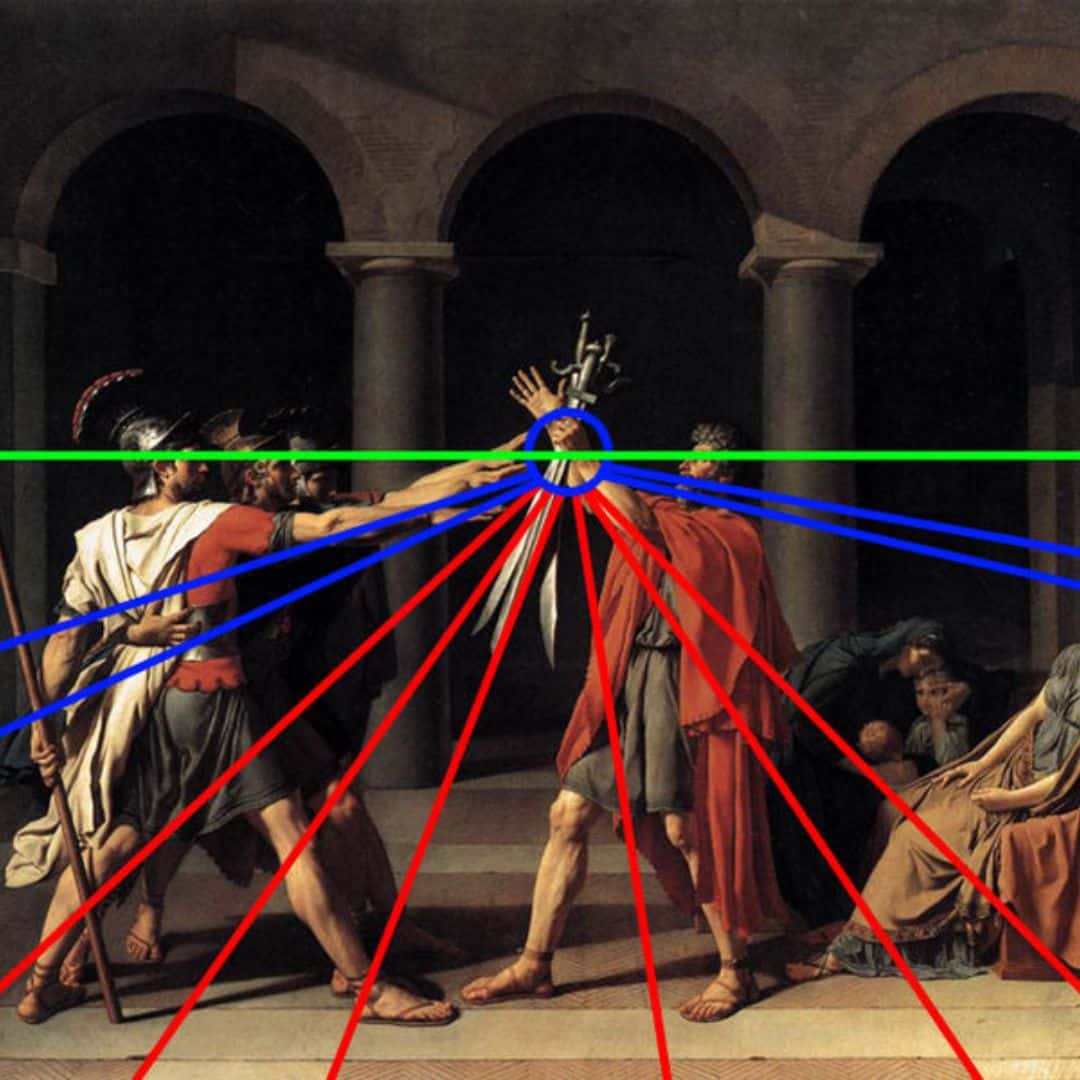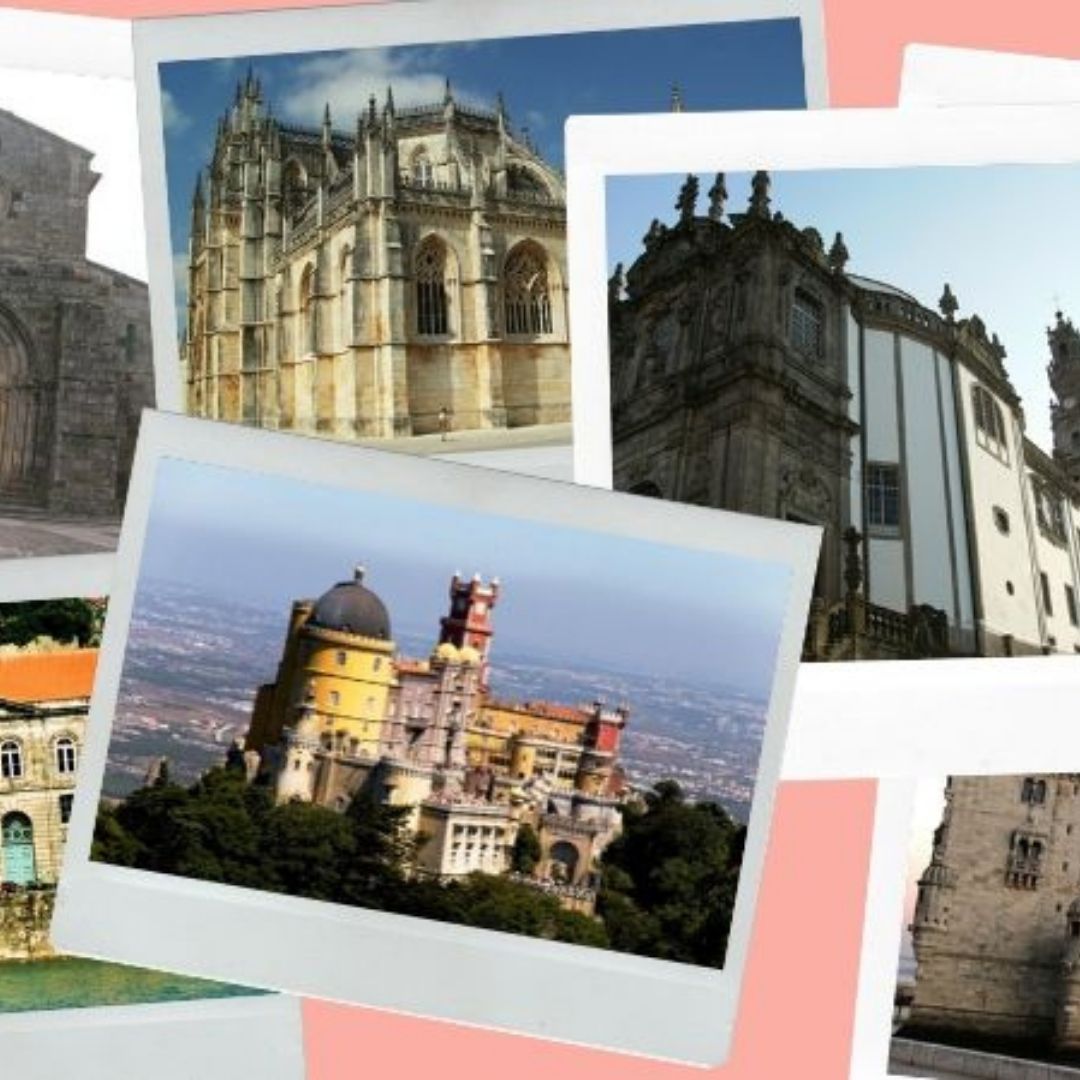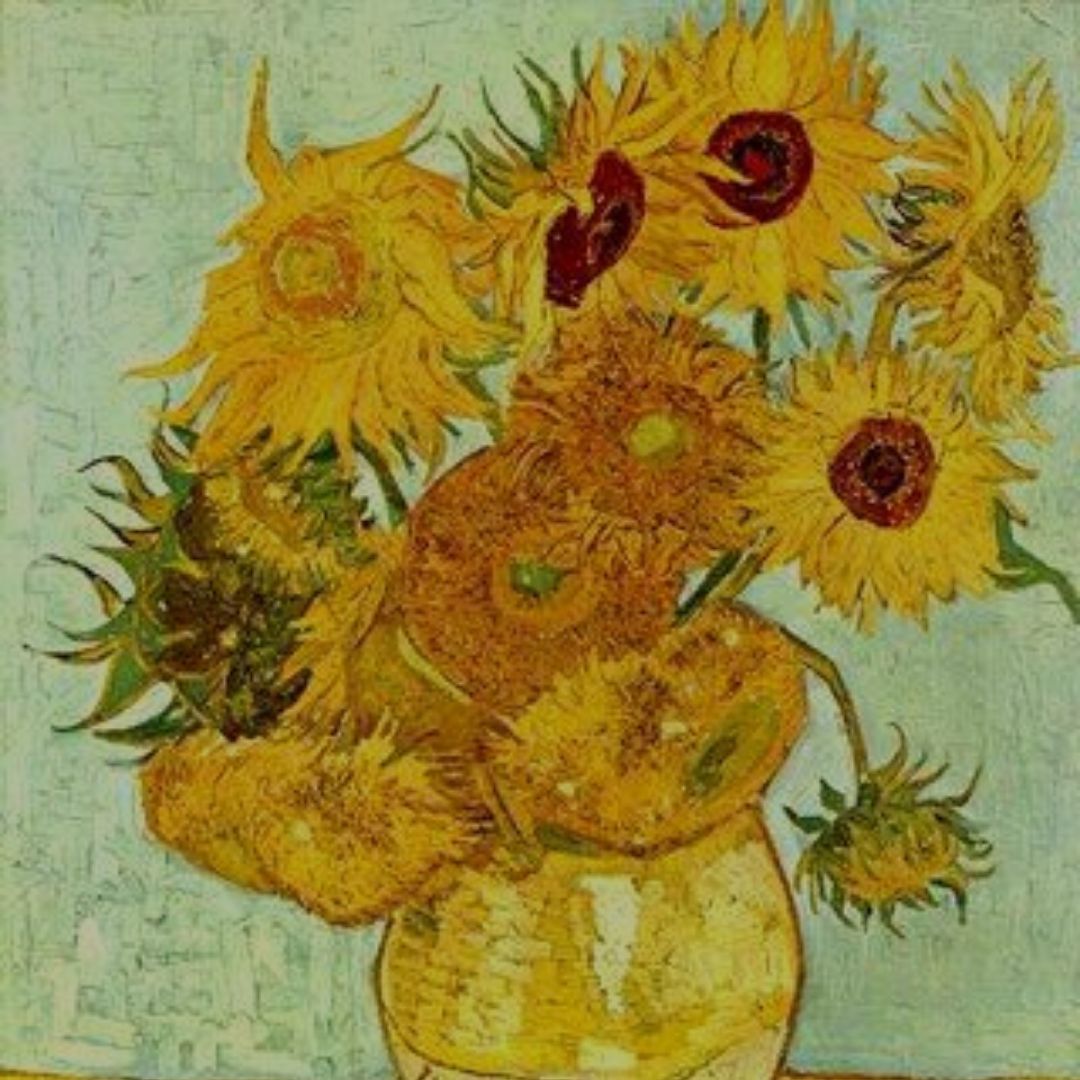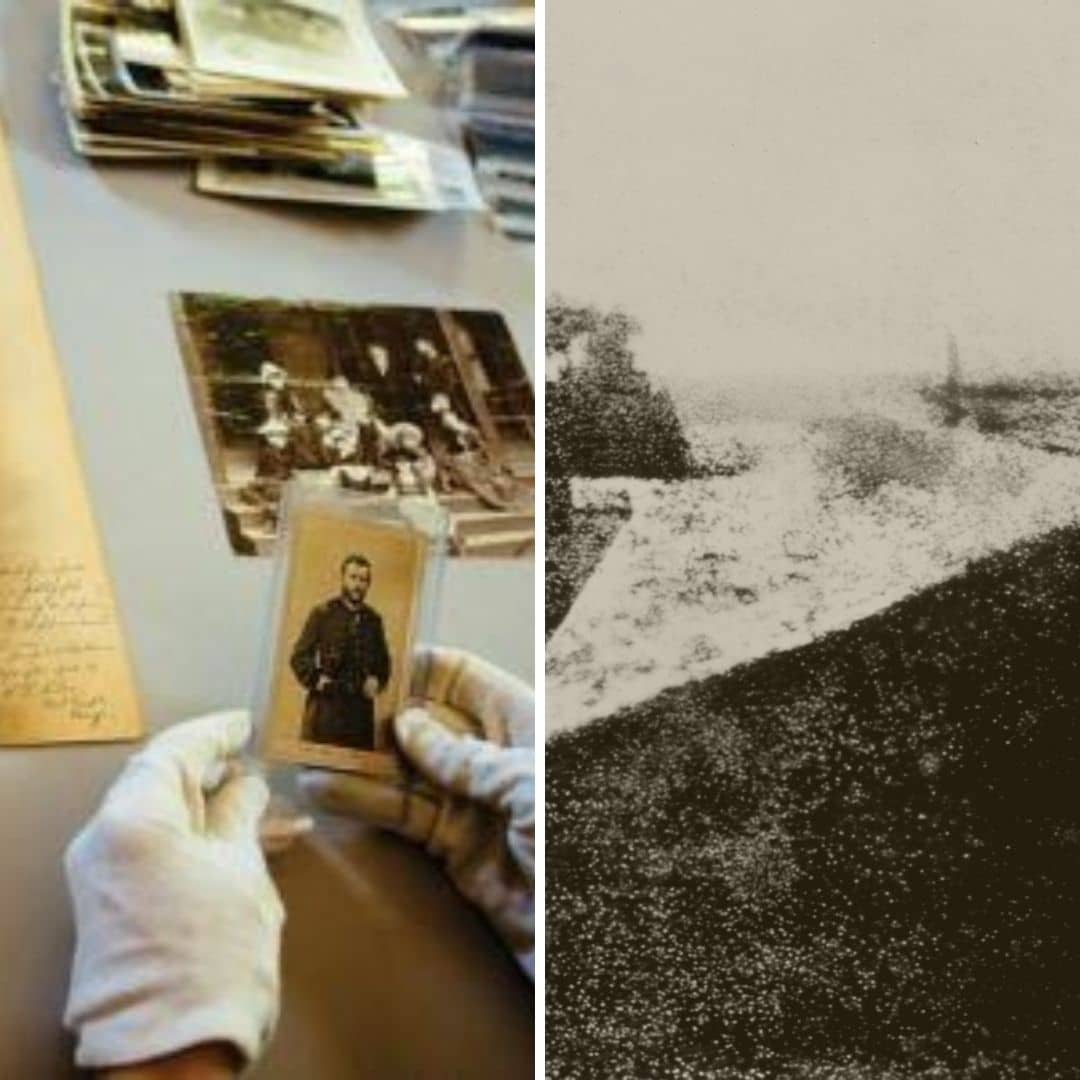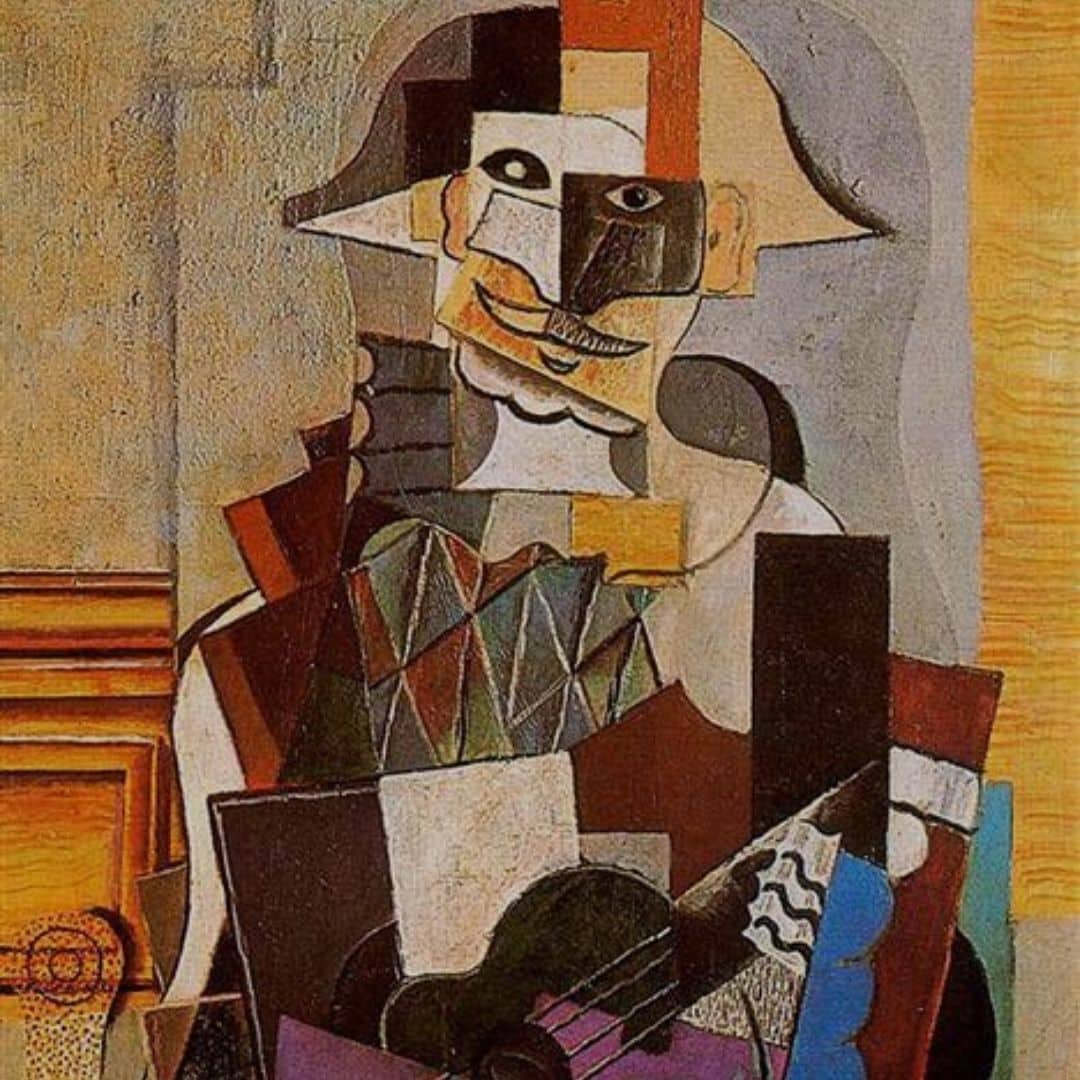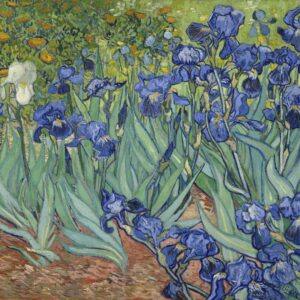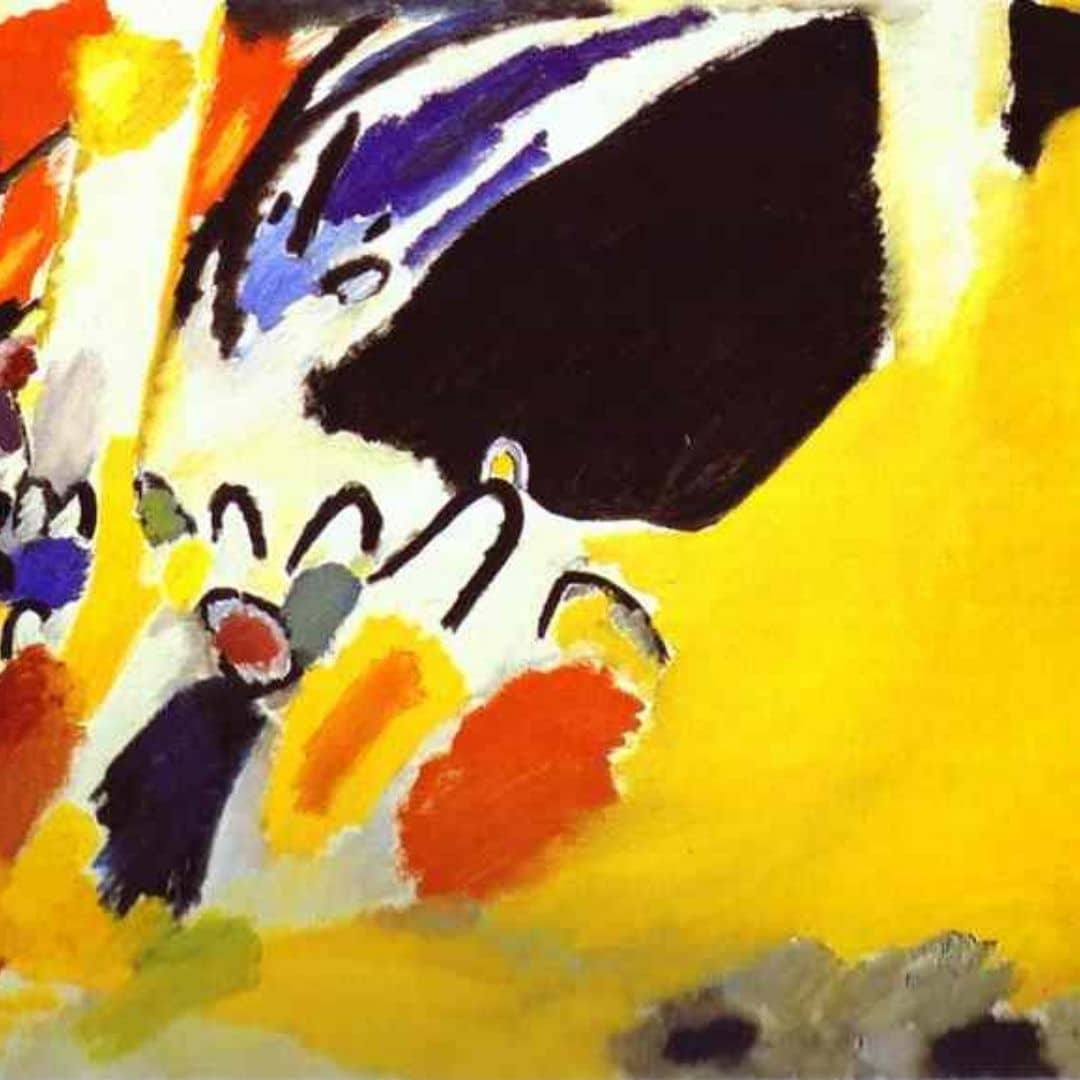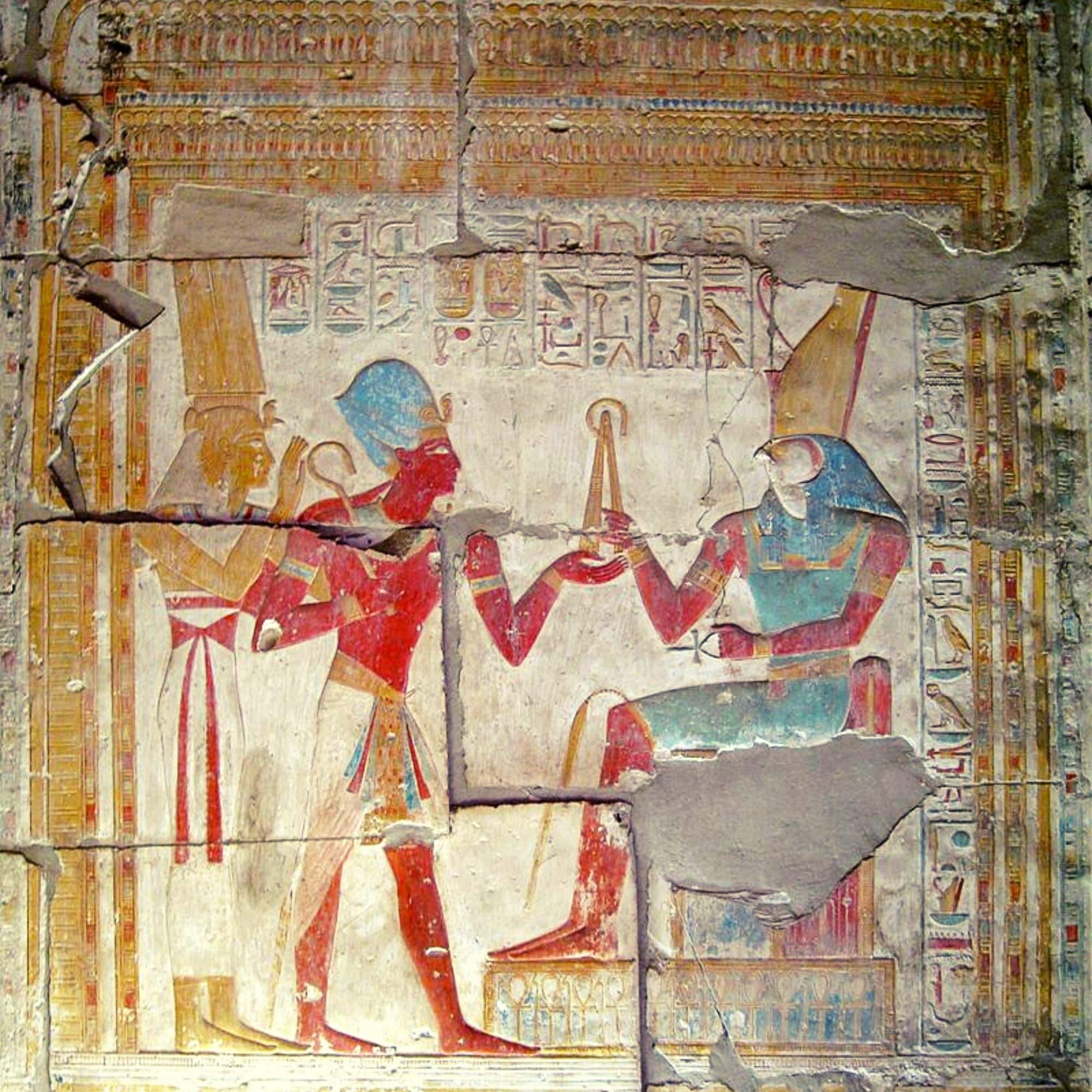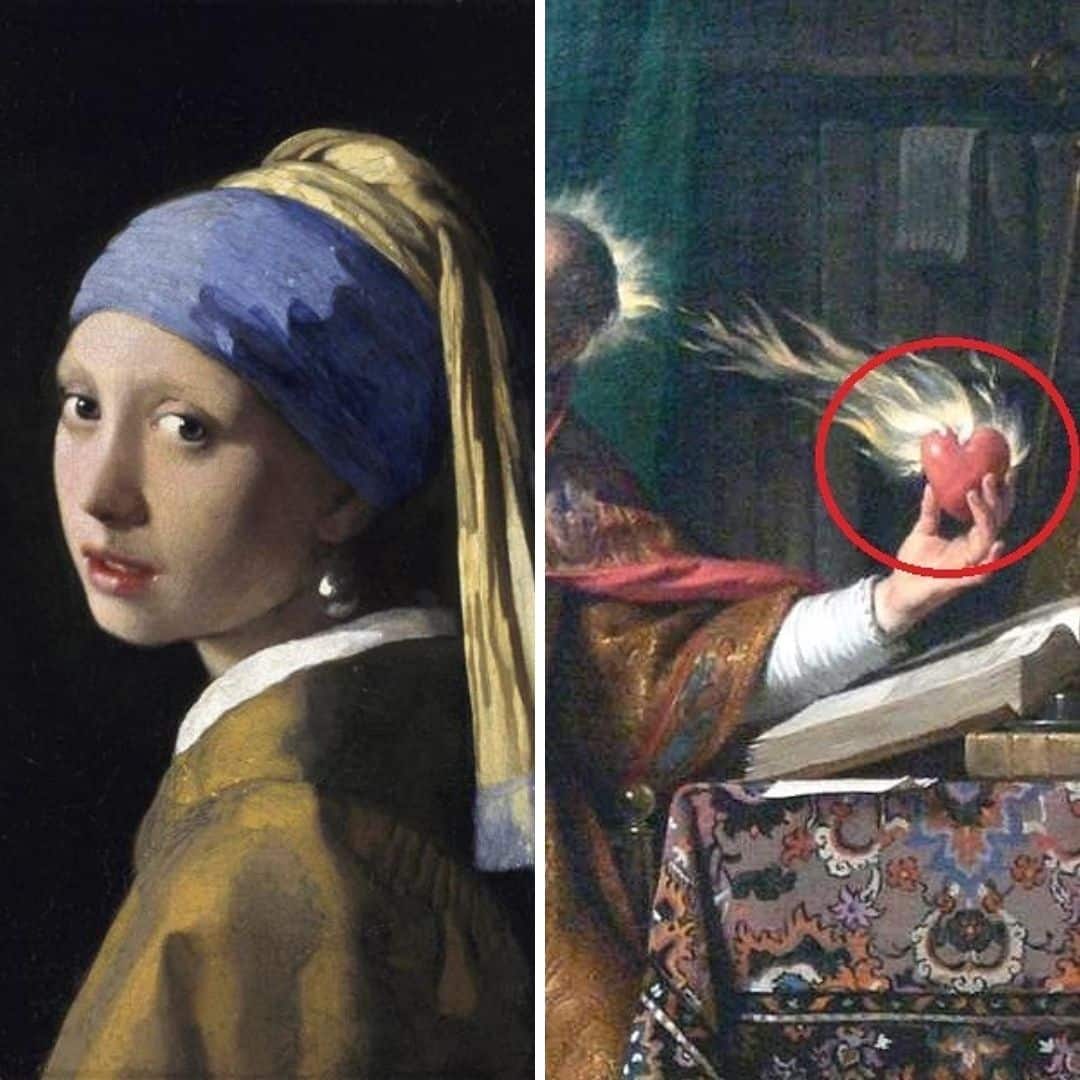In this article we will systematise what was the Renaissance and what were its main characteristics.
By Diana Ferreira author of the online course Curiosities about art history
What was the Renaissance ?
The emergence of the Renaissance in Florence in the 15th century changed the course of art.
From the exuberant aesthetics and dependence on decorative arts that we had become accustomed to in the Gothic period, there was an intense break, in which simplicity, symmetry and harmony of forms, typical of Antiquity, came to predominate. Hence its name (created by Vasari in 1550).
The revival of classical forms, originated by a taste for archaeology and the discovery of ruins from Ancient Rome, at a time when Greek and Latin were learnt in order to translate and study Classical writings.
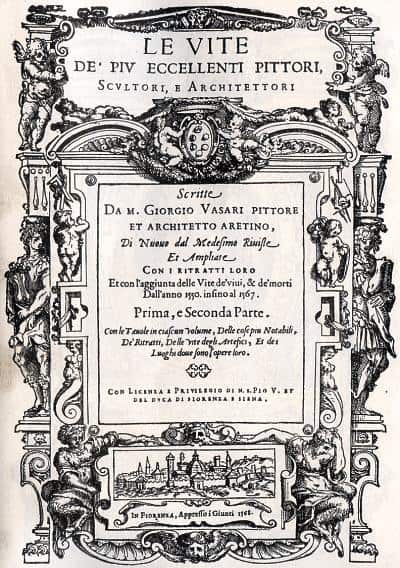 Le vite de’ più eccellenti pittori, scultori e architettori (
Le vite de’ più eccellenti pittori, scultori e architettori (
The Lives of the Most Excellent Painters, Sculptors and Architects), by Giorgio Vasari, published in 1550.
Alongside the classicist and erudite spirit, this was a time of expansion in which the world was discovered by explorers such as Columbus, Vasco da Gama, Magellan and Álvares Cabral, who extended the earth’s horizon and contributed to a new, more scientific view of the planet.
In the arts, the design of artworks became tailored to man and his needs, at a time marked by the patronage of the Medici in Florence and the Sforza in Milan, who commissioned works and were the greatest protectors of the arts at the time.
What was the Renaissance – the condition of the artist
Artists were forbidden creative freedom, conditioned by strong impositions, but now they were freed from the condition of artisans.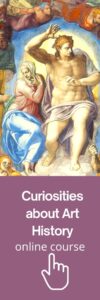
This situation was driven by individualism, typical of the time, a thirst for fame among artists and the bourgeoisie, rivalry, knowledge and ostentation among wealthy citizens, justified by the countless portraits commissioned by important figures in Florence and the biographies written in large quantities.
Vasari’s aforementioned work, which portrayed the lives of the most famous artists (1550 and 1568), and Cellini’s, who wrote his own biography, stand out.
This emancipated the bourgeoisie as strong commissioners, leaving the Catholic Church, which had imposed itself for centuries, in the background, and gave rise to collecting, generating the beginnings of the museum era.
What was the Renaissance – the variety of knowledge
The Renaissance was also remarkable for the variety of areas of knowledge, where the bourgeoisie became the holders of culture – something previously almost limited to the clergy – and for the impetus given to the artist, who from this moment on became a scholar and signed his individual works, filling pages in the history of art, which until now had been almost blank.
This “cultural and artistic revolution” marked the history of architecture, as we’ll see below
Curiosities about the Art History
Learn art history from 32 curiosities and unusual facts
Monuments of Antiquity – Masterpieces that Shaped Civilization
What was the Renaissance in Architecture?
And in architecture, what was the Renaissance ?
The arts became independent and for the first time the architect saw his role recognised, no longer as an anonymous stone-drawer.
The projects, essentially palaces for the elites of the time, were based on simple geometric forms, symmetry, horizontality, simplicity and harmony of shapes, with a clear classical influence, covered in cushioned stone.
They used Roman columns, orders, pediments and arches, in which the architects didn’t try to copy their forms, but rather adapted them to the demands of their time.
Between 1450 and 1478, thirty palaces were built in Florence, following the Renaissance prototype created by Michelozzo in Palazzo Medici.
Palazzo Medici, Florence
The best examples are in Florence and are the Palazzo Rucellai by Alberti; the Medici-Riccardi by Michelozzo; the Strozzi designed by Benetto da Maiano; the Pitti, attributed to Brunelleschi and the Uffizi by Giorgio Vasari, in which we can see the similarities between them and the clear classicist influence.
What was the Renaissance – the Treatises on Architecture
To understand what was the Renaissance we have to look at an important factor in this period, which favoured Humanism and the accelerated spread of knowledge, was the invention of the printing press by Gutenberg (1398-1468), which allowed for faster and more economical mass production.
Books began to circulate beyond the clergy and the courts, promoting knowledge, challenging the authority of the Church and the emergence of great artists and patrons, becoming a powerful tool for spreading ideas.
Until then, books were handwritten and it took a year to make a single copy of the Bible, but Gutenberg made it possible to print hundreds of copies in the same time.
It was at this time (around 1450) that Leon Battista Alberti’s first Treatise on Renaissance Architecture “De re aedificatoria” was published, in which the main elements of architecture, ideal proportions, building materials and the effect of colour, among others, were analysed with mathematical rigour.
Also of great importance was the printed translation of the Treatise on Architecture by Vitruvius (Roman architect of the 1st century BC) and Andrea Palladio (Renaissance architect, Padua 1508 – Vicenza 1580), which were based on classical forms and became architects’ bibles.
What was the Renaissance – the role of Florence
To answer the question of what was the Renaissance we have to talk about Florence, the great pioneer in the development of the Renaissance.
A booming city with the contribution of commerce, financial activities and and of the arts and crafts, it reached first place in Europe with the support of bourgeois families linked to culture.
What was the Renaissance in the “cinquecento”?
However, it was in the “cinquecento” that Florence lost its sovereign position as an artistic centre, transferring the capital of culture to Rome.
It was here that the development of the arts began, driven by the papacy, which surrounded itself with the best artists in an attempt to unite the power and greatness of the Church through art and culture.
A kind of propaganda, which made Rome very attractive to artists who appreciated classical culture and were looking for lucrative commissions, and which reached its peak with Pope Julius II (1503-13), nephew of Sixtus IV (1471-1484), the commissioner of the Sistine Chapel.

